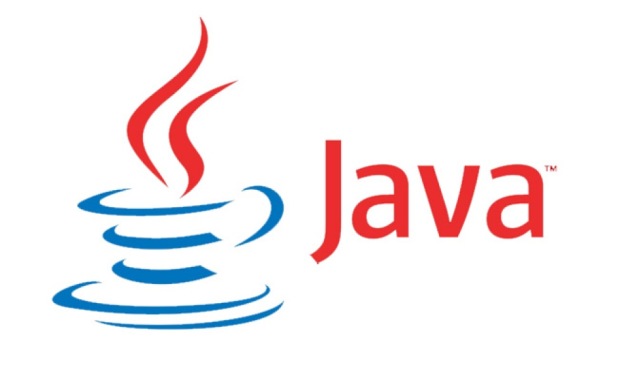It seems that each week we are constantly interrupted by popup windows on our computers instructing us to update an application. If you are like me, these popup windows can be quite annoying. As annoying as I might find them, they appear for a good reason – to ensure that the software we have on our computer is the latest, and hopefully, the most secure version available.
While you can have any number of applications installed, there are three popular applications that you most definitely must keep as updated as possible. While you may not use all three described below, if you do use any of these, ensure you perform the updated when requested.

1. Java
When installing Java, I am always amused by the message that it is installed on 3 billion devices. Why is that? Simple. It is probably the single-most attacked application in the digital world.
That doesn’t necessarily mean it is complete unsecured, and it should be deemed malware. Java is very useful on many levels, however, it is also one you should pay careful attention to when a new patch is released.
If you have Java installed on your computer, and you don’t need it or at least you think you don’t need it, then I would uninstall the application. For most people, Java isn’t needed. If you uninstall and then realize you need Java, you can reinstall it again.
For those that do need Java installed, ensure you unplug Java from your Web browsers to protect your computer from malware exploiting security holes in Java. Here is a tutorial that explains how to unplug Java from Web browsers.

2. Adobe Flash Player
Even though Apple has been trying to kill Flash Player, it is still used online extensively. Of course, this also means that it is installed on most computers, and is also a favourite target for malware and hackers.
In terms of upgrading, this has been made somewhat easier over the past few years. A few browsers – Internet Explorer 10 and Google Chrome – automatically update Flash so you don’t have to worry about it.
If you use an older version of Internet Explorer, or another browser – Opera or Firefox – you will need to download the latest update from Adobe. You may need to do it twice if you use more than once browser – once for Internet Explorer and again with another Web browser.

3. Adobe Reader
The second Adobe product in my list is the popular PDF viewer – Adobe Reader. This application is installed on many computers because of the popularity of the PDF format. Much like the previous two applications, Adobe Reader is a target for malware and hackers.
There is some good news in terms of Adobe Reader, and that good news is you don’t really need it. In July 2008 the PDF format was officially released as an open standard, and since that time there have been numerous free, and less security-vulnerable, options available. Two popular options are Foxit Reader and Sumatra PDF.
Of course, you also don’t need a separate PDF viewer/reader installed on your computer. Both Google Chrome, and Firefox 19+ support viewing PDF files directly in the browser. If you use either of those Web browsers, you can just associate PDF files to the browser and then have the browser display the PDF file instead of another application installed on your computer.
If you do need Adobe Reader for a specific reasons, you should definitely ensure you have the latest patches installed to keep your system safe.
The above three applications should be updated whenever a new patch or update is available. Of course, you should also install patches for any other applications that are installed as well, especially your operating system.
